The working principle of the braking system is to create huge friction. The vehicle’s kinetic energy is then converted into thermal energy.
Energy is neither produced in nor from the air. It can only be converted from one form to another. Or transfer from one object to another. The total amount of energy remains constant during the conversion or transfer process. Cars convert chemical energy into heat and kinetic energy during acceleration. The braking system during braking converts the car’s kinetic energy into heat energy and transfers it to the air.
The brake pump and brake main pump are connected in series. It is usually a large, black shape similar to a cylinder or conical container. In fact, it is also a piston mechanism. There is a diaphragm inside that divides the booster pump into two chambers. On the one hand, it is connected to the engine intake pipe, and on the other hand, it is connected to the external atmosphere. Because the engine needs to take in air during operation. Therefore, a vacuum is generated on one side of the booster pump, resulting in a large pressure difference on both sides of the diaphragm valve. At the same time, together with the pressure exerted by the driver, it presses on the brake main pump to generate a lot of power.
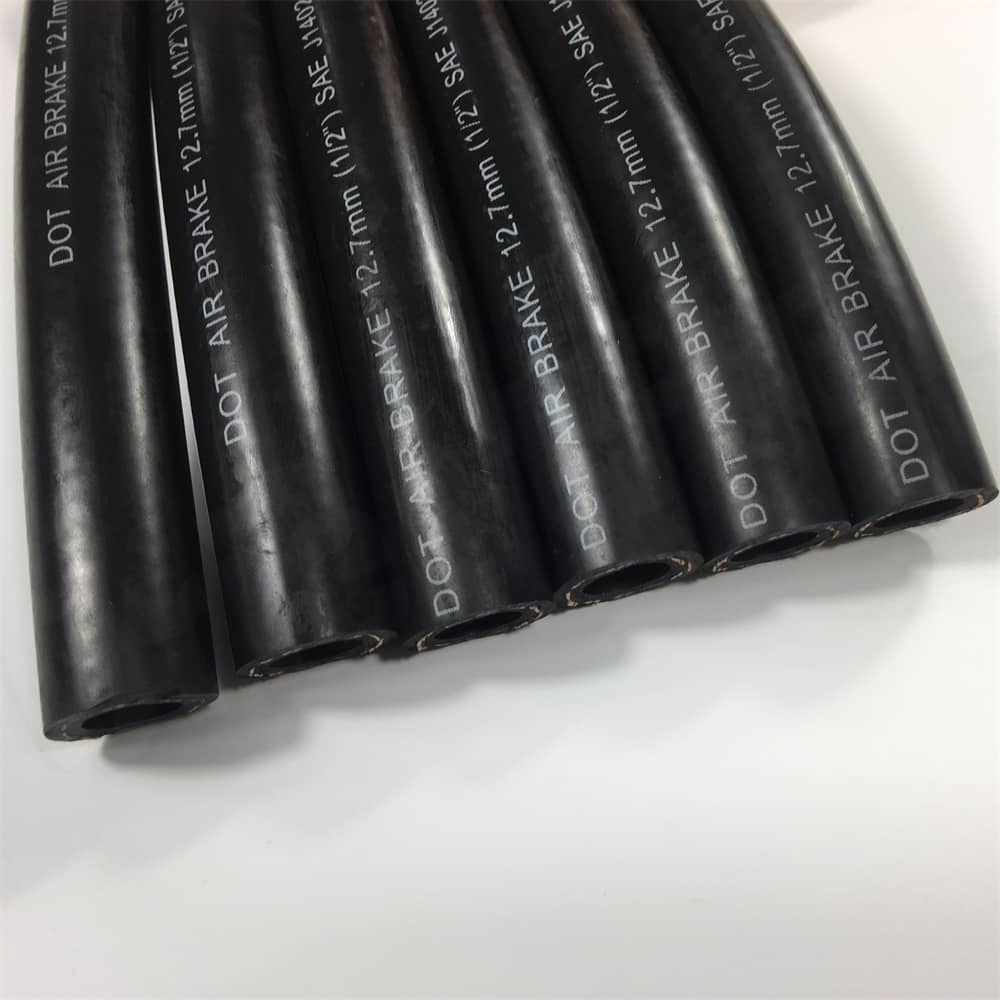
For the main brake pump, pipes need to be connected to each brake caliper. We can see several black tubes extending from the main brake pump. These tubes are made of metal. The reason is simply that metal does not have any elasticity and does not expand in response to an increase in fluid pressure. Therefore, the transmission of braking energy is guaranteed.
But at the end of the pipe, near the wheels, a car brake hose has to be applied. Because during driving, the car’s suspension is always moving relative to the body. For ordinary household cars, they use brake line that made of rubber material.
Judging from the braking effect, the J1401 air brake hose is not ideal after all. Therefore, so-called “steel throats” were used in many subsequent brake modifications. Of course, steel pipes are not traditional steel pipes. Its interior is still rubber tubing. The exterior adopts steel wire braided pipe to improve high pressure resistance.
Which braking method is safer?
Three types of brakes: mechanical, electronic, and foot brakes are relatively common in cars. However, due to the same functions, only one of handbrake and electronic handbrake can be installed in the car. The handbrake is set up to prevent the vehicle from shaking when parked and only applies braking force to the rear wheels.
Set the foot brake when the car is moving and slowing down. Usually the foot brake only applies braking force to the front wheels, thereby controlling the speed of the vehicle. When the driver presses the brake pedal, pressure builds up in the lines filled with brake fluid. Brake fluid acts on pistons located near the front brake pads. The greater the pedal force, the more obvious the braking effect.
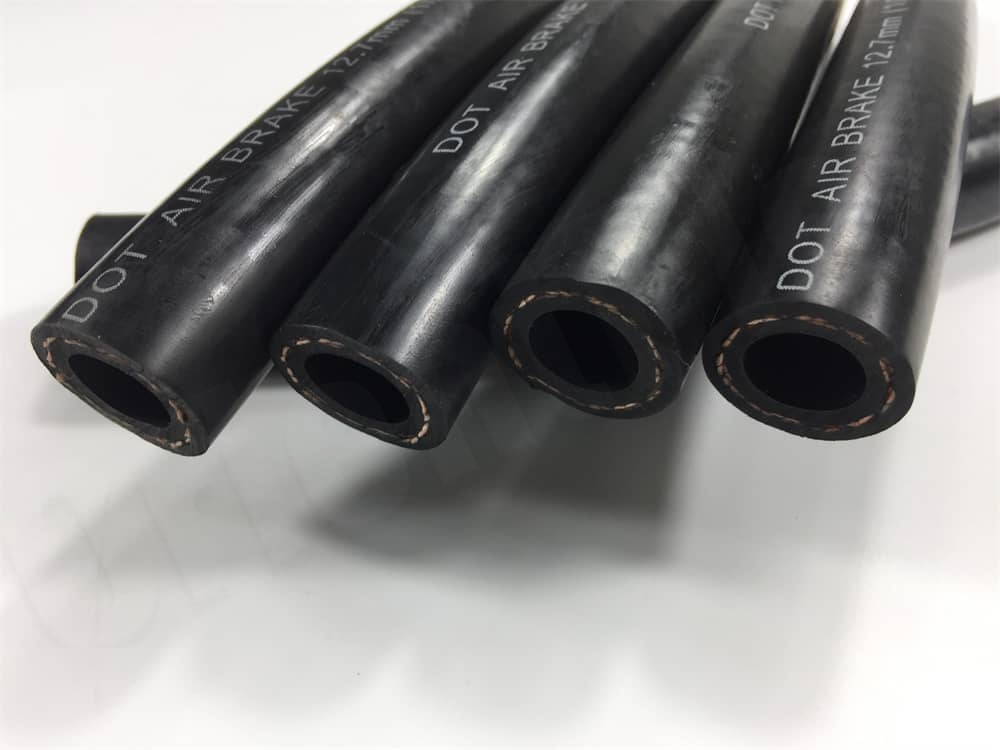
The force from the brake pedal is transmitted to the brake pump. The brake piston then pushes the brake pads to clamp the brake disc, thereby achieving the effect of deceleration. Disc brakes can control the speed of the vehicle in a short time due to the small braking stroke clearance. Therefore, the entire brake pipeline is generally installed on the front wheel and divided into two circuits.
The wheels are usually connected to separate circuits along the diagonal of the car. The internal baffle of the expansion tank mounted on the master brake cylinder is at a certain height corresponding to the critical minimum. As long as the braking is normal, the volume of brake fluid is higher than the baffle. So the force of the vacuum acts on both hoses at the same time, they act like a line.
If the brake hose breaks, the brake fluid level will drop. Damaged circuits cannot be pressurized until the leak is repaired. But thanks to the baffle in the tank, the liquid cannot leak completely and the circuit can continue to work. Also, the location of the foot brake is not convenient for viewing, and many people may feel insecure.
In fact, after using the foot brake, it is still very easy to use. Foot brakes actually have many advantages. Compared with electronic handbrakes, foot brakes are much cheaper, and a little modification can improve the quality of the interior. Compared with the handbrake, you only need to lift your left foot after the foot brake stops to park the car. And it’s an efficient process without taking your hands off the steering wheel.
Except for some special accidents, such as safety issues, the foot brake is actually a very good thing, especially after using it, it will be more recognized. The foot brake not only brings a lot of convenience in use, but also brings a lot of convenience in terms of grade. Compared with the expensive electronic handbrake, it is a compromise.
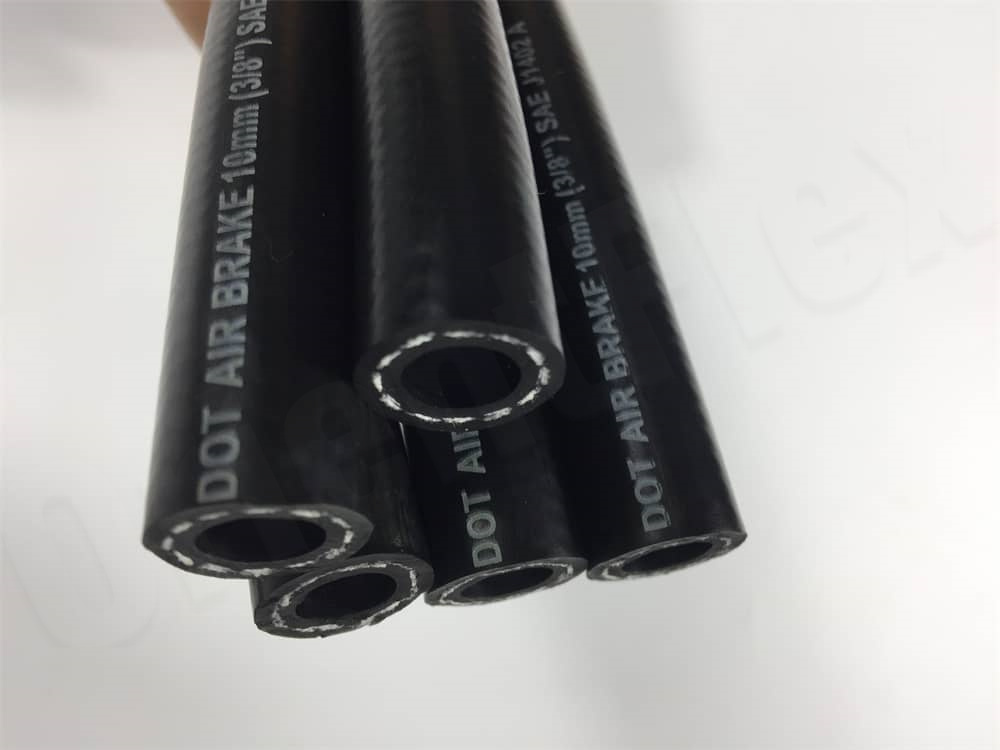
Take the mechanical handbrake for example. When a novice drives out and encounters an emergency, there is an experienced driver nearby who can help pull the handbrake. But only at low speeds. Because telling risks losing control. The foot-operated mechanical handbrake is destined to be eliminated. In the era before electronic handbrakes, foot-operated handbrakes were a function of high-end cars.
It seems that the Japanese use it the most. Like the Crown of the year, Teana had this configuration. After parking, step on it with your feet. It’s okay, it looks classy, and there is no handbrake lever in the central armrest area. Therefore it looks more upscale and saves space. Overall, I think the lever-type mechanical handbrake should be the most perfect, simple and flexible.
The most important thing is the higher reliability of the mechanical structure. Traditional mechanical handbrakes require a person to pull the handle to achieve parking. Different amounts of braking force will be generated depending on the force exerted by the person. Generally speaking, it is more troublesome to operate than the electronic handbrake. But the key is that the handbrake is basically accomplished through mechanical transmission.
So its reliability is indeed better than the electronic handbrake, so purely from a safety perspective, the handbrake is better. But for many car owners, a mechanical handbrake is essential. Because the mechanical handbrake locks the driveshafts of both rear wheels for drifting.
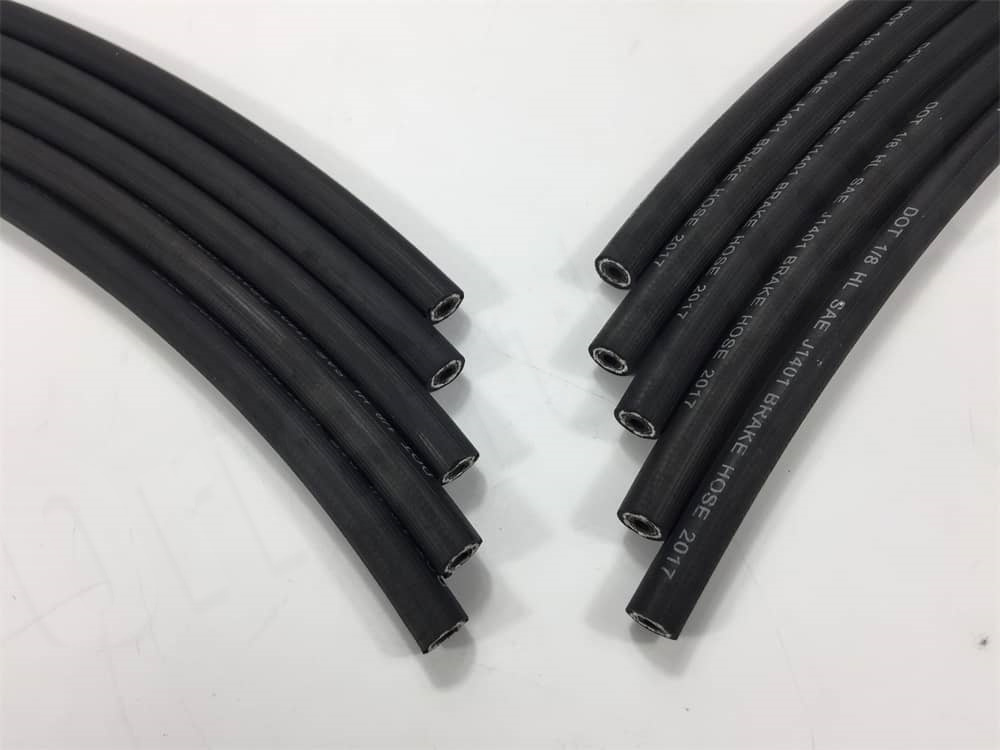
The structural principle of this kind of handbrake is to connect the handbrake brake lever and the brake shoe at the rear of the car through a wire rope. Plus some braking structures, return springs and other components. When parking, pull the cable through the lever principle to lock the rear wheel brake shoes or brake calipers. For models with a drive shaft, the handbrake mostly locks the brake drum on the drive shaft.
Thereby achieving the purpose of braking. Foot brakes may not be very friendly to impatient or beginner users. After all, the footbrake is usually hidden deep in the left pedal. So people tend to forget it’s there and forget to loosen it when starting. There is a foot brake, and the foot brake is not as cool as the mechanical handbrake.
Although the braking effect of the foot brake is better than that of the mechanical handbrake, the appearance of the foot brake is not very high now.
Among all vehicle configurations, the braking system is the most basic safety guarantee. Once the braking system fails, other high-end configurations can only become empty talk. To judge the performance of a car, it is not about how fast it can run, but whether it can stop smoothly and safely no matter how fast it is running.
There are many ways to brake vehicles. In addition to the air brakes and oil brakes that everyone sees more often, there are also line brakes, air brakes, exhaust brakes, electromagnetic brakes, etc. Today, Orientflex will take stock of the common braking methods on vehicles and their main features.
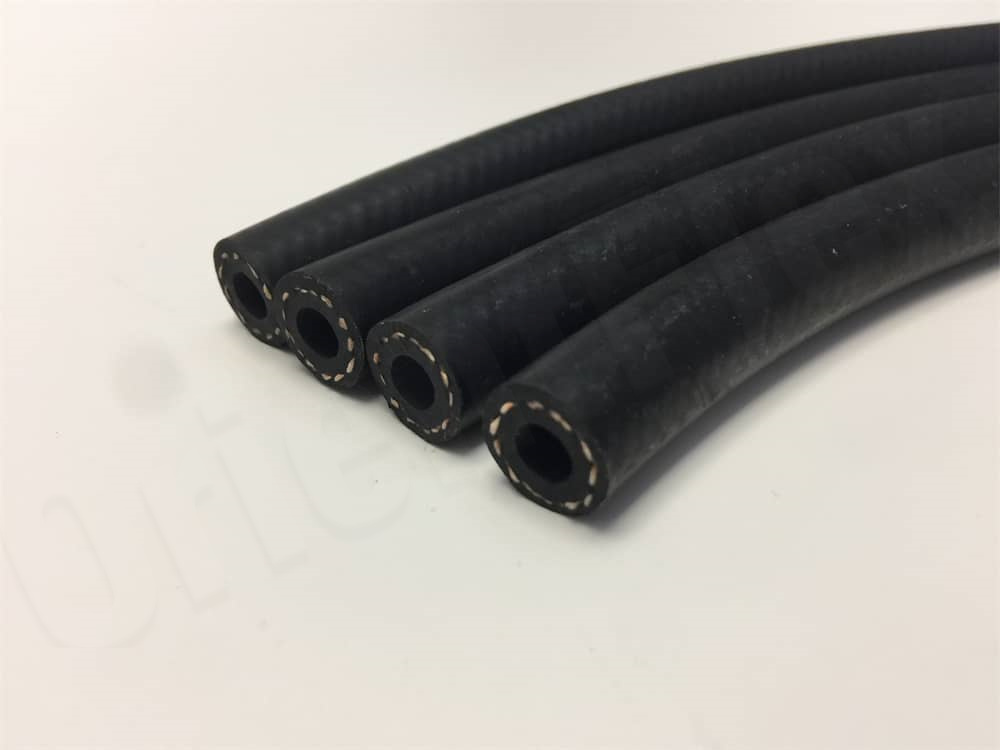
1. Air brake
Air brake refers to a braking system that uses compressed air as the medium. It generally consists of an air compressor, brake valve, brake air chamber, air reservoir, air pressure gauge, air pump, pressure spring, safety valve, brake hose line and other components. .
Principle:
Use pneumatic drive to achieve dynamic braking. When the vehicle is parked, the push rod of the brake chamber controls the brake in the braking state under the action of spring force. After the vehicle is started, the air pump runs. When a certain pressure is reached, the push rod of the brake chamber overcomes the spring force under the action of air pressure, releases the brake state, and the car can run. When braking is required, the brake pedal controls the brake valve to release the pressure in the brake chamber, and the push rod brakes under the action of spring force. To put it simply, you can drive when you have gas, but you can’t drive when you don’t have gas.
Advantage:
The air brake responds quickly and has strong braking power. The size of the braking force output is only related to the air pressure in the air reservoir and the opening of the valve, and has nothing to do with the strength of the pedal. In addition, it is not easy to slide on uphill and downhill road conditions. It can make an emergency stop at high speeds when fully loaded and is not prone to rollover under sudden braking.
Shortcoming:
The air brake structure is relatively complex and requires a relatively large installation space. In addition, later maintenance and use are relatively complicated, and the brake wear is obvious. Frequently stepping on the brake pedal when going downhill can also lead to insufficient air pressure and brake failure. Some old cars need to idle for a period of time to pump up air after being parked.
Applicable models:
It is mostly used on vehicles with higher load capacity such as large trucks and large buses.
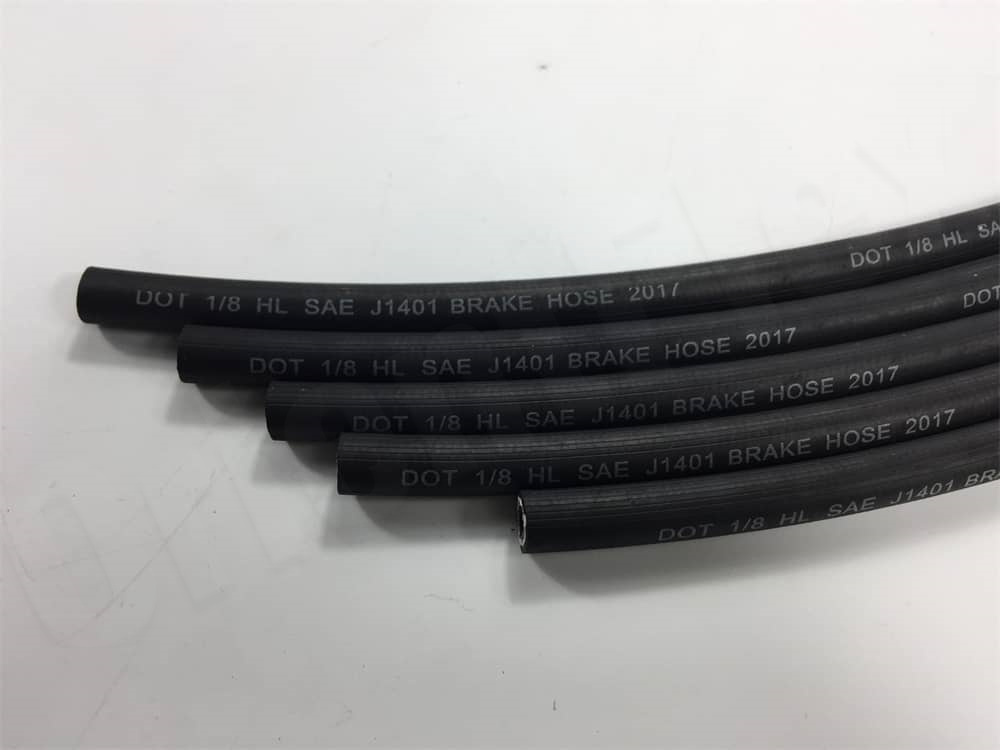
2. Oil brake
Oil brake refers to the method of braking through the power of the engine oil pump. The braking force is transmitted through the brake fluid to slow down or stop the vehicle. It is generally composed of a master pump, a slave pump, an oil cup and connecting pipelines.
Principle:
Oil brakes use high-density brake fluid instead of steel wires. When the car owner steps on the brakes, the piston and sealing cup in the brake master cylinder will be pushed by the brake pedal. The push rod acts to transfer the brake fluid to the piston of each brake cylinder through the oil pipe. Then the friction plate is pushed to generate friction with the brake drum, thereby exerting a braking effect.
Advantage:
The structure is simple, the volume is small, and the installation space requirements are relatively small. In addition, the braking force output is relatively soft, and the output is the same as you step on, making it less likely to lock up. At the same time, the driving comfort is higher, the components are fewer, and maintenance is easier.
Shortcoming:
The reaction speed is slightly slower and the braking force is weak. Moreover, the oil brake system is designed with oil circuits and requires frequent maintenance. If the oil line is blocked or leaks, the maintenance cost will increase accordingly.
Applicable models:
Generally used in small vehicles. But in recent years, there has been a trend towards mid-size cars. For example, trucks with a load capacity of less than 10t or medium-sized buses with less than 19 seats will also use oil brake devices.
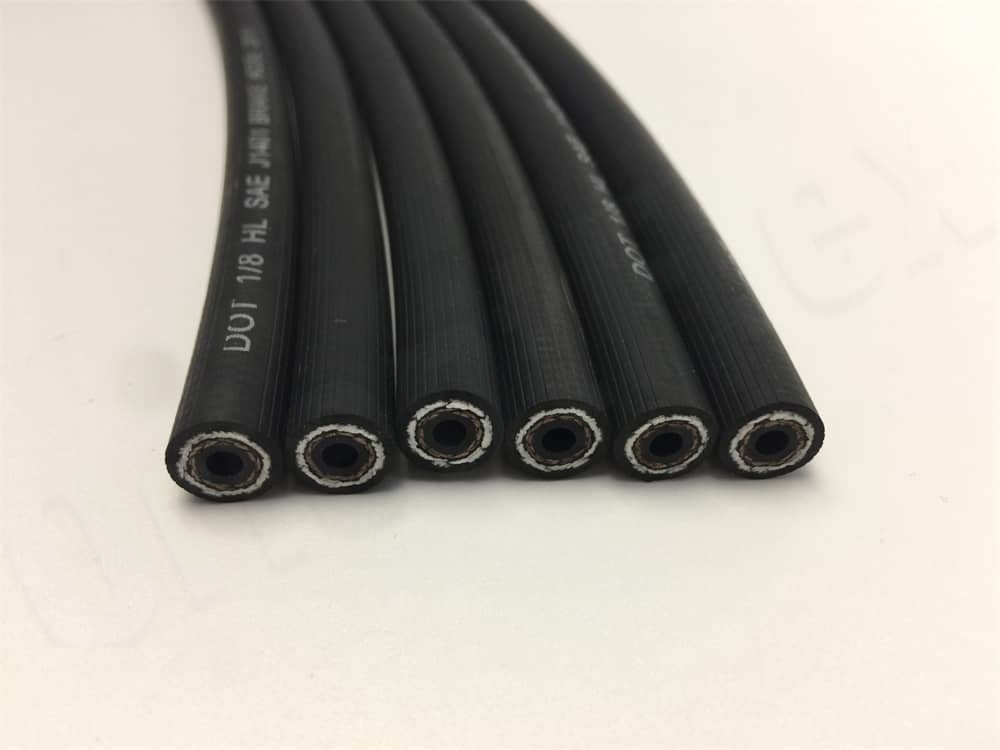
3. Hydraulic brake
The braking force is transmitted through the brake fluid, which promotes the friction between the friction plate and the brake drum to achieve the braking effect.
In principle, hydraulic brakes are the same as oil brakes. Many car owners also refer to hydraulic brakes as oil brakes. To be precise, oil brakes are hydraulic brakes. But brake fluid is just one type of brake fluid.
4. Exhaust brake
Exhaust brake, also called exhaust brake, is also a braking method that users often inquire about.
Principle:
Generally, the exhaust brake valve is installed in the middle and upper section of the engine exhaust pipe. When going downhill for a long time, the car owner turns on the exhaust brake switch. The exhaust valve is closed to a certain extent, but not completely. Adjust the opening degree according to the pressure in the exhaust pipe so that the engine piston is subject to the reverse pressure of the gas during the exhaust stroke. Then slow down the engine speed and produce braking effect.
Features:
Different from air brakes and oil brakes, exhaust brakes are a type of auxiliary braking. Its function is to slow down or maintain stability of the vehicle without using or using less service brakes. However, emergency braking cannot be achieved.
Applicable models:
Exhaust brakes are generally used on freight vehicles and are a supplement to service brakes.
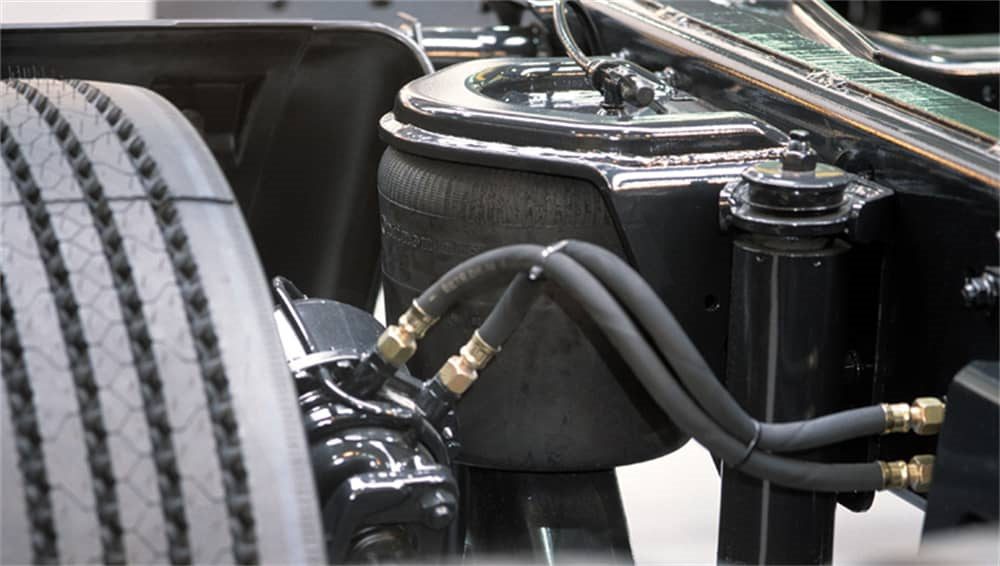
5. Air brake
Although air brakes sound similar to exhaust brakes, they are completely different. Air-cut brake is also called energy-storage spring brake, which is a type of parking brake and a type of handbrake system.
Principle:
The air brake is equivalent to installing a strong spring in the ordinary air brake cylinder. When parking, the spring is in a released state, relying on the strong elastic force to push the brake push rod, so that the wheel is tightly braked by the brake, functioning as a handbrake;
When the handbrake is released, compressed air enters the parking brake chamber and pushes the piston to push the spring back. In this way, the spring releases the pressure on the brake push rod, and the brake is released. When the car owner needs to apply the handbrake again, he will release the compressed air in the parking brake chamber. The spring is released again, pushing the brake push rod to generate braking force.
Features:
We all know that the parking brake can generally only be used when the vehicle is stationary. Because its braking torque acts on the drive shaft. If used while driving, it will easily cause severe overload on the drive shaft and rear axle. It is also possible that the left and right wheels rotate in opposite directions due to the locked differential case, causing the car to deviate or turn around when braking.
The air-breaking brake is different. Because the parking brake stroke of the energy storage spring is greater than the service brake stroke. When the driving braking force is insufficient, the energy storage spring can be used to assist emergency braking. Therefore, the air-cut brake system can not only be used for parking brakes, but also for emergency braking.
Applicable models:
Mostly used in handbrake systems of medium and large cars. Such as large trucks, buses and buses. At present, some rear brake cylinders also use air-shut brakes.
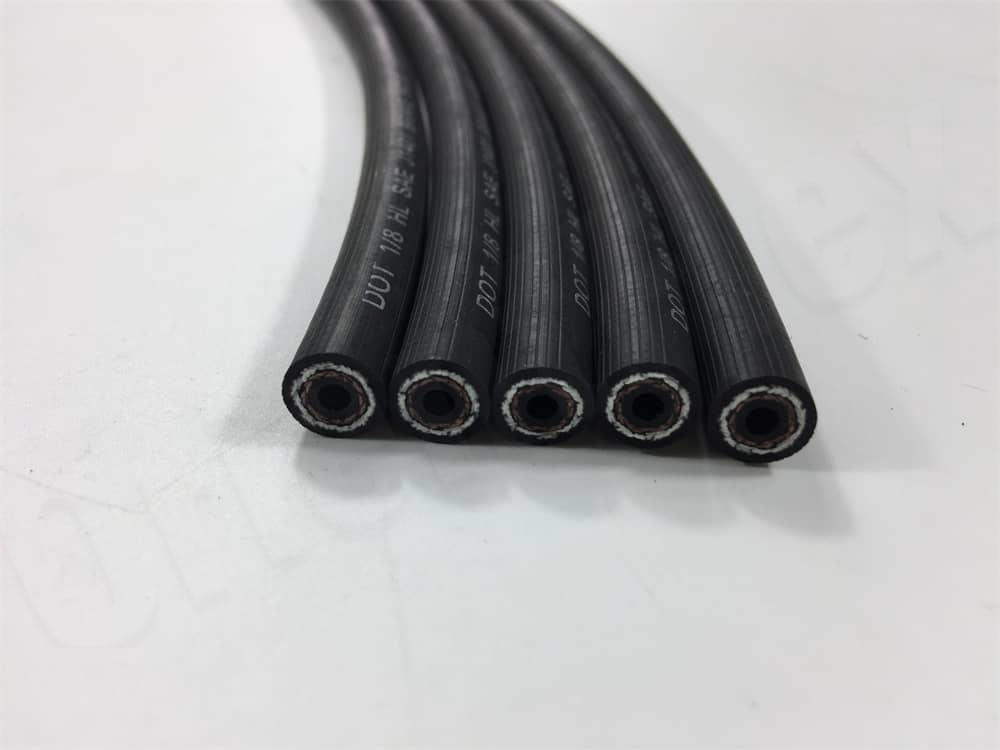
6. Electromagnetic brake
On large-tonnage trucks or large buses, electromagnetic brakes can appear as an auxiliary braking device. Also called eddy current retarder. The principle is to use the resistance generated by the electromagnetic field to slow down the vehicle and slow down the wear and tear of the braking system.
On trailers such as RVs, electromagnetic brakes mainly control the braking signal and braking force through current. Use the brake controller to connect with the braking system of the front vehicle to synchronize the braking signals of the front and rear vehicles. The effect of the electromagnetic brake is closely related to the controller. A poor-quality controller makes it difficult to adjust braking force accurately. Even after adjustment, it cannot be maintained and needs to be adjusted frequently.
Advantage:
The braking effect is relatively stable and the braking force can be adjusted at any time. To adapt to the braking capabilities of different vehicles in front and the braking habits of different drivers. High-standard electric brakes can even automatically increase or decrease the braking force according to the road gradient based on the adjusted braking force to improve safety. In addition, an emergency switch will be installed on the brake synchronizer to help the vehicle in front stop when the brakes of the vehicle in front fail.
Shortcoming:
The structure is complex, requiring a brake synchronizer to be installed on the front car, and the line connection is long, which is prone to problems.
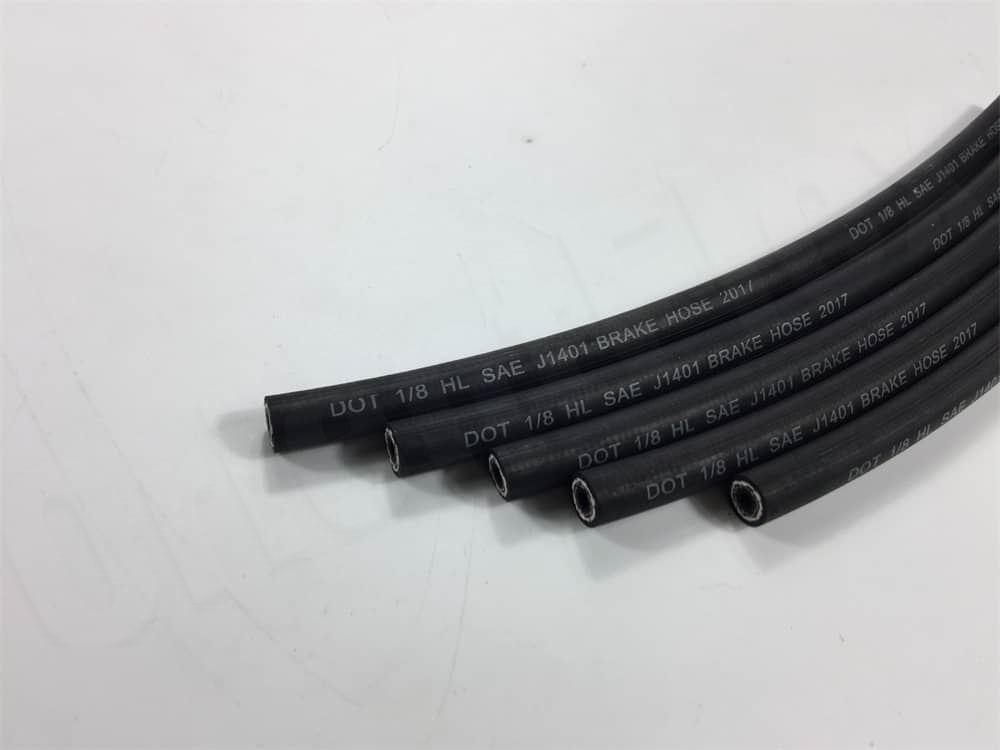
7. Line brake
Line brake is a mechanical braking method with a relatively simple principle and structure. It generally consists of a wire disc, a wire V and a wire hanger.
Principle:
The power of the metal brake line is used to pull the piston and push the brake pad to achieve braking.
Advantage:
It has a simple structure, light weight, convenient installation and maintenance, and is relatively cheap.
Shortcoming:
When installing, you need to consider wiring issues, insufficient braking force, large reaction, and poor stability.
Applicable models:
Generally used for small vehicles under special working conditions, such as agricultural machinery, etc.
These braking methods have different characteristics. As for which one is the safest, it depends on how well it matches the car model. For example, oil brakes are better for ordinary vehicles, but air brakes are better for medium and large transport vehicles. When choosing a braking method, car owners should start with the vehicle model and comprehensively consider the vehicle’s transportation conditions and usage needs. After all, the one that suits them is the best.